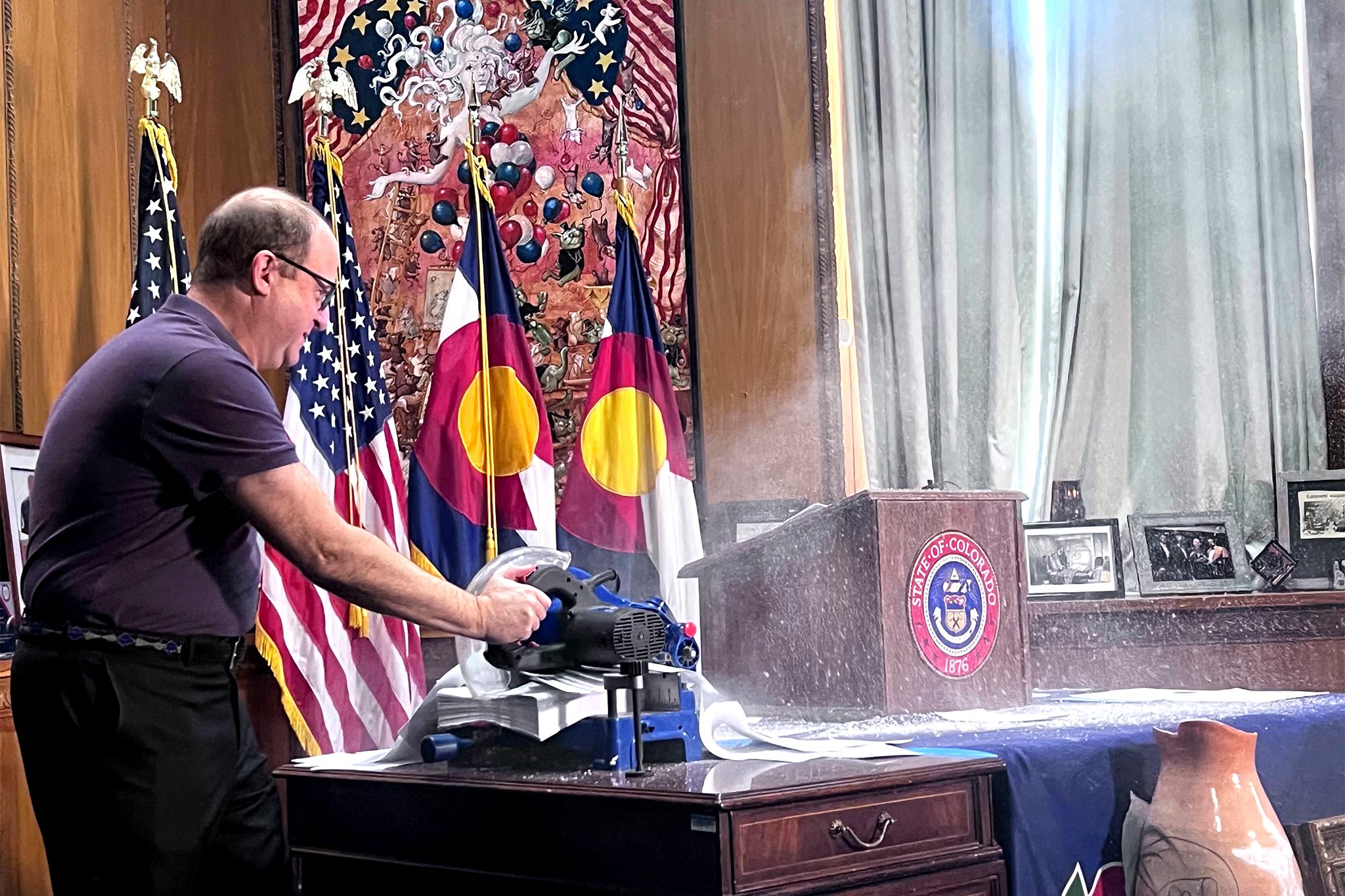
Watch out, assistants to the assistant to the regional manager everywhere. You are more likely to hurt yourself in the office on this day, Thursday, Jan. 9, than any other day of the year.
Pinnacol Assurance, Colorado’s largest workers' compensation insurer, ran the numbers from the past five years and found a 62 percent spike in injuries on Jan. 9.
Most of the accidents were related to January’s sloppy weather, including slips, trips and falls on ice or snow. Usually, the injuries were minor ones, like bruises and cuts, but there were also more severe wounds, like bone breaks and head injuries.
Besides the weather, Pinnacol thinks there may be another culprit: People returning to their jobs after being nestled inside during the holidays.
“Folks are just coming back [to work], and they may not be that familiar with what’s happened outside between the holidays and coming back,” Pinnacol's senior safety consultant Ellen Sarvey said.
While many of those injuries occur outdoors, it’s also not unusual for workers to fall on slippery floors in lobby areas when people tracked in the snow.
Employers have a responsibility to keep entryways and floors clear of ice and snow, Sarvey said. As for employees, it’s important to wear shoes with good tread and to keep your hands out of your pockets so you can catch yourself if you begin to fall.
And if you haven't already, it's time to learn how to walk like one particular animal used to icy conditions.
“One of the visual clues we use is to tell folks to walk like a penguin,” Sarvay said. “It may sound a little silly, but it really works.”
Modeling the cold-weather flightless bird, put your arms out for balance, point your toes out a bit and waddle slowly but deliberately.
Workers in other fields have their own days to look out for. Construction employees should be extra cautious on July 28, and educators on Feb. 4.








